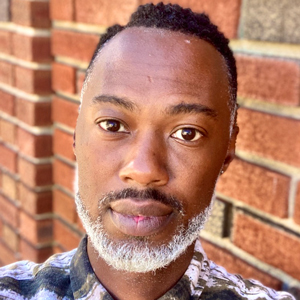Sean Plunkett is a Registered and Board Certified Art Therapist with a robust academic and professional background in the field. He earned his Master’s degree in Professional Studies in Art Therapy and Creativity Studies from Pratt Institute, where he developed a comprehensive understanding of therapeutic practices and creative methodologies.
With eight years of experience in higher education, Sean has dedicated himself to teaching and mentoring the next generation of art therapists. He currently serves as an Affiliate Faculty Member in the Art Therapy Concentration Program, where he integrates his extensive knowledge and practical experience into the curriculum. His commitment to fostering a supportive and engaging learning environment enables students to explore their artistic potential while developing essential therapeutic skills.

Affiliate Faculty
Counseling Department with a Concentration in Art Therapy
- M.P.S., Art Therapy and Creativity Development 8/2011 – 10/2013, Pratt Institute Graduate School, Brooklyn, NY
- B.A., Psychology 9/1998 – 9/2002, Binghamton University, Binghamton, NY
I believe that the definition of a good teacher cannot be separated from the teacher’s ability to be culturally competent, engaging, and fluid. The emotional needs of the student must be considered as much as possible—since optimal learning cannot happen in trauma—I consider it my job to deliver content that is appropriate to the situation while taking into consideration of how the students take in that knowledge.
As a teacher, students should expect a well-balanced course. I aim to have my feet in both worlds of the conceptual/ philosophical/ psychological while having my foot firmly planted in the world of the practical. I find knowing how to implement them in real life is also integral.
I incorporate best practices for non-neurotypical individuals by giving multiple options to deliver the content and making lots of space for discussion as the processing of the material is paramount. I use visual aids, videos, music, and anything that can engage students in the physical world of being able to understand material.
I use experiential learning to help students understand the felt experience of the work. I can assess student learning when students are able to incorporate their ideas into more established ones or to challenge conventional knowledge or ways of doing.
My goal is to allow students to access their own genius, for there to be a place for learning that is diverse in all aspects.
